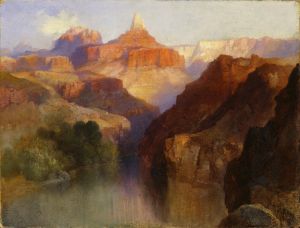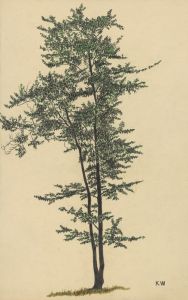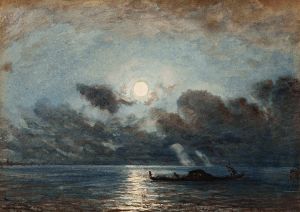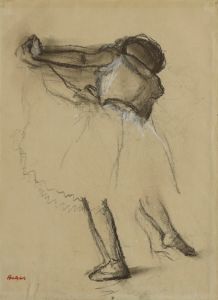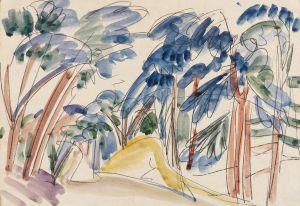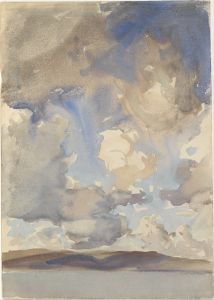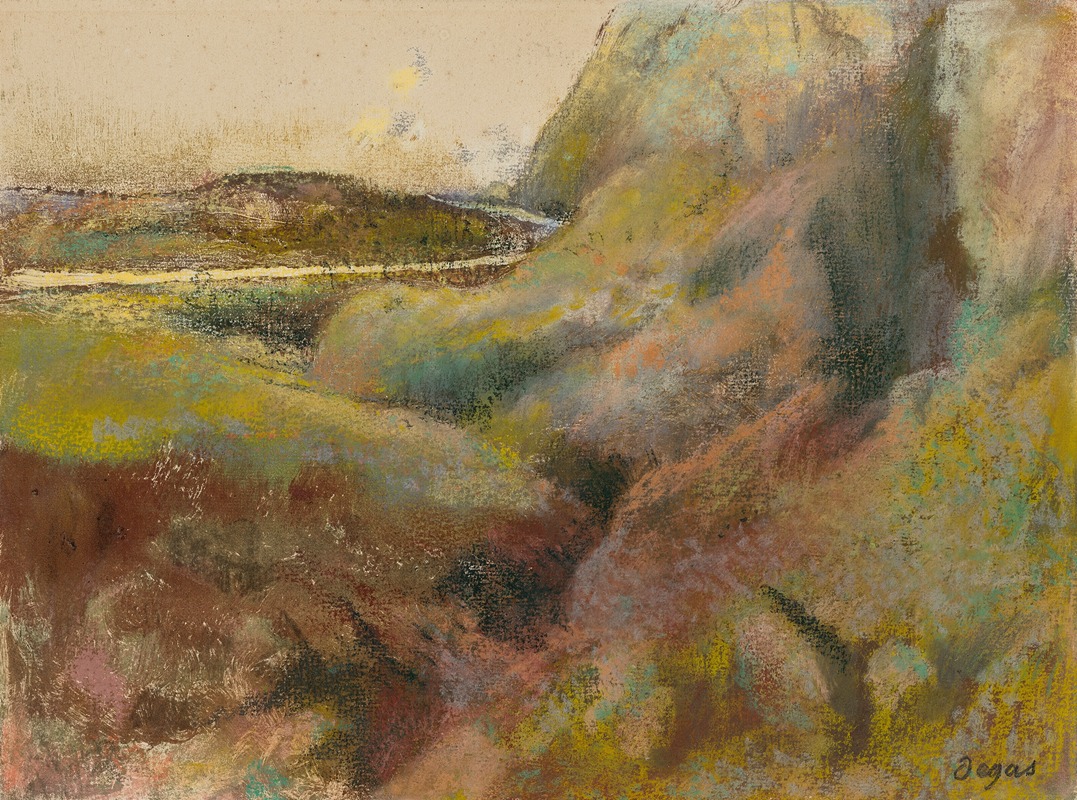
Paysage
A hand-painted replica of Edgar Degas’s masterpiece Paysage, meticulously crafted by professional artists to capture the true essence of the original. Each piece is created with museum-quality canvas and rare mineral pigments, carefully painted by experienced artists with delicate brushstrokes and rich, layered colors to perfectly recreate the texture of the original artwork. Unlike machine-printed reproductions, this hand-painted version brings the painting to life, infused with the artist’s emotions and skill in every stroke. Whether for personal collection or home decoration, it instantly elevates the artistic atmosphere of any space.
Edgar Degas, a prominent French artist associated with the Impressionist movement, is best known for his works depicting dancers, theater scenes, and everyday life. However, he also created a number of landscapes during his career, including the painting titled Paysage (Landscape). This work reflects Degas's experimentation with different artistic techniques and his interest in capturing the natural world.
Paysage is believed to have been created in the late 19th century, a period when Degas was exploring new approaches to painting and drawing. Unlike many of his contemporaries in the Impressionist circle, who often painted en plein air (outdoors), Degas preferred to work in his studio, relying on memory, imagination, and sketches to compose his landscapes. This method allowed him to focus on the interplay of color, light, and form, rather than striving for strict realism.
The painting Paysage showcases Degas's use of bold, expressive brushstrokes and a rich, textured surface. The composition is characterized by its dynamic arrangement of natural elements, such as trees, fields, or skies, though the exact details of the scene may vary depending on the specific version of the work. Degas often employed unconventional perspectives and cropping in his landscapes, a technique that reflects his interest in Japanese prints and photography.
Degas's landscapes, including Paysage, are relatively rare compared to his more famous works featuring human figures. These pieces demonstrate his versatility as an artist and his willingness to experiment with different genres and styles. While his landscapes were not as widely celebrated during his lifetime, they have since been recognized as an important aspect of his artistic legacy.
The specific details about Paysage, such as its current location, dimensions, and medium, may vary depending on the version or iteration of the work being referenced. Degas's landscapes are held in various private collections and museums around the world, and some may not be as well-documented as his more iconic pieces.
As with many of Degas's works, Paysage reflects his innovative approach to art and his ability to capture the essence of a scene through his distinctive style. This painting serves as a testament to his artistic range and his contributions to the evolution of modern art.





